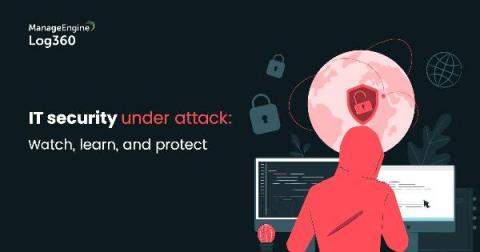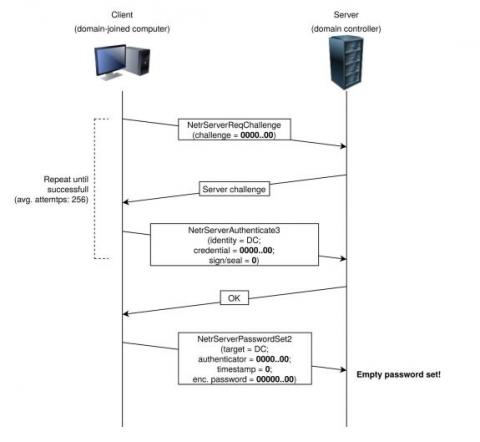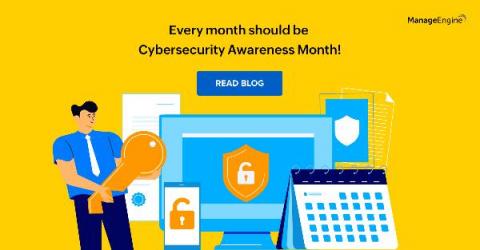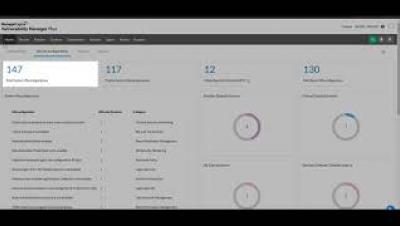Is IT security under attack?
From credential theft to network vulnerability exploitation and ransomware incidents on highly secure organizations, the year 2020 has been surprisingly rough on IT security. In the wake of the COVID-19 pandemic, companies around the world are reporting more cyberattacks than ever before, and although the techniques used or the method of attack may be new, the vectors of attack over the years remain unchanged.









